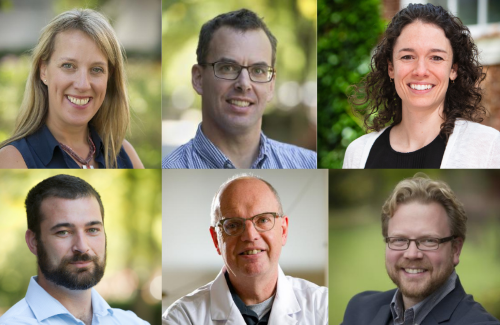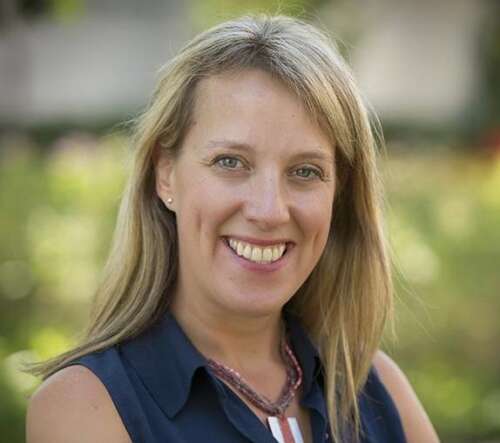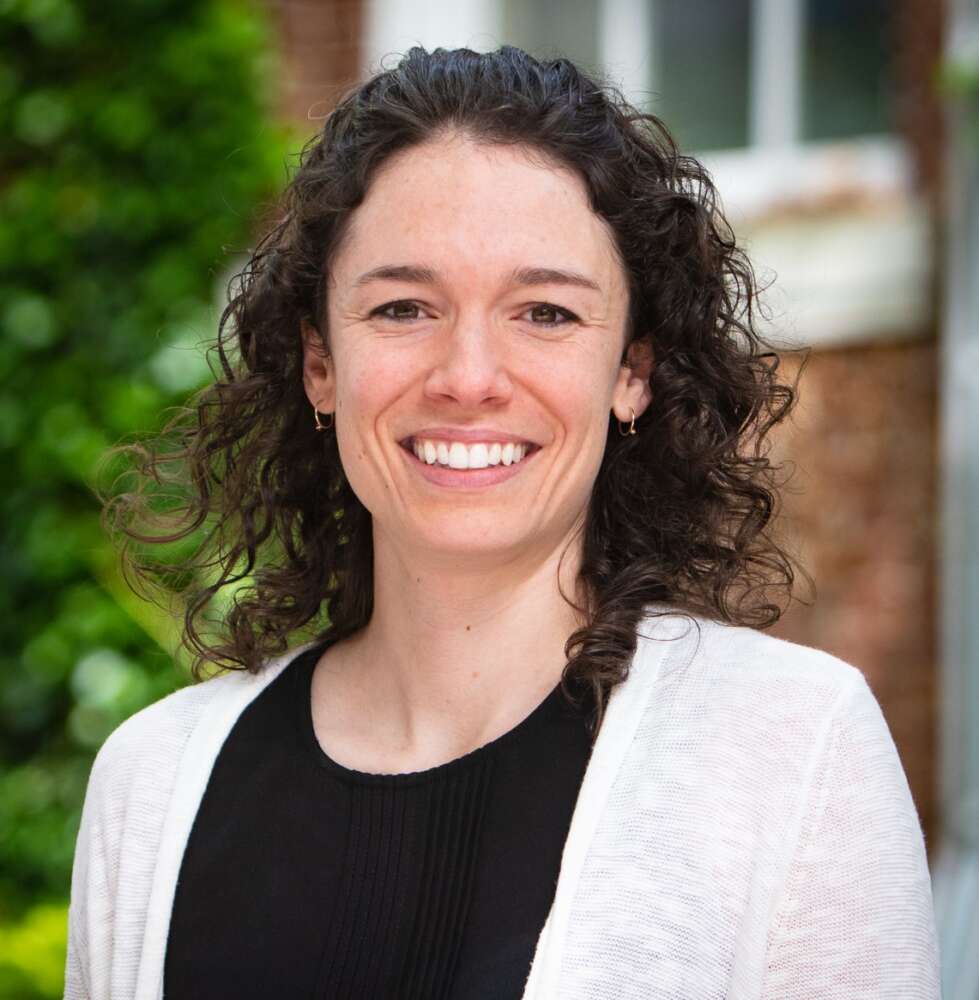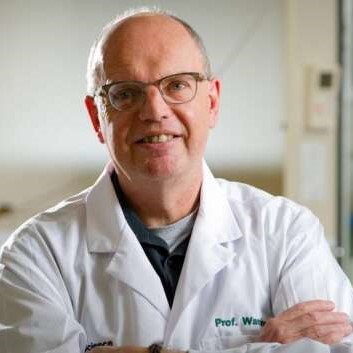

Supercharging microbes to gobble up a hazardous chemical that can threaten underground drinking water supplies is the goal for University of Guelph scientists receiving nearly $2.4 million in new federal research funding.
Dr. Kari Dunfield, a professor in the School of Environmental Sciences, will lead a University-industry project to harness “pollution-eating bacteria” to chew through a hazardous chemical found in shallow bedrock above a deeper natural drinking water aquifer in a southern Ontario town.
She expects the approach – stimulating growth of bacteria that naturally occur in association with invasive tree roots – will yield insights for using such microbe-tree tag teams to clean up more than 20,000 industrial sites across Canada.
The research team involving engineering professor Dr. Beth Parker, director of U of G’s G360 Institute for Groundwater Research, and scientists at the University of Waterloo and Missouri University of Science and Technology was recently awarded $2.355 million from the Natural Sciences and Engineering Research Council (NSERC) Alliance fund.
The five-year project is among six U of G-led initiatives receiving more than $4 million in new federal funding to help ensure safer food and drinking water, enhanced crop and food animal production, and higher-quality medicinal cannabis.
The projects will receive a total of $4,020,891 from NSERC, with additional funding coming from industry partners.
“This generous funding will enable University of Guelph researchers to pursue cutting-edge investigations that will lead to real-world improvements in food production, drinking water protection and human health,” said Dr. Malcolm Campbell, vice-president (research).
“This support also connects our researchers with public and private sector partners, ensuring a seamless pipeline from discovery to innovation to global impact.”
Working with environmental experts from BP’s Remediation Management and Ecometrix Inc., Dunfield’s group will test processes to speed up natural growth of chemical-eating microbes. The bugs break down the chemical, gaining energy while releasing minimal amounts of carbon dioxide.
Earlier, her lab found these bacteria living on roots of trees planted for phytoremediation. Together, the plants and the microorganisms speed up contaminant breakdown.
The microbes colonize roots of poplar and willow trees that can easily penetrate fractured bedrock in search of water. “They have intricate root systems that get into the top of the bedrock and encounter the chemical there. The bacteria are already there and ready to interact with plants,” said Dunfield, who has worked at the southern Ontario site for about seven years.
Parker’s group pinpointed where the chemical plume, likely resulting from an industrial spill decades ago, is located at the top of the bedrock. Natural microbial breakdown would take hundreds of years; the project partners aim to boost the process.
The project combines pioneering uses of chemical monitoring in bedrock and groundwater with molecular and genetic methods for assessing chemical-degrading microbes, said Dunfield.
“This is incredibly groundbreaking. Working together, we’re all at the leading edge of this expertise.”
Other funded projects are as follows:

Dr. Michael Steele, Department of Animal Biosciences
$1 million: Digestive disorders account for more than half of illnesses and one-third of deaths among dairy calves, a significant threat to animal health and welfare and a serious economic loss to the $6-billion Canadian dairy industry. Steele will investigate how bioactive molecules in colostrum (the first milk produced after calving) can promote healthy gut function and reduce digestive disorders.

Dr. Lewis Lukens, Department of Plant Agriculture
$222,000: Lukens will develop new barley cultivars and refine tools to improve evaluation of barley genetics for enhanced breeding and production. He aims to help increase yields of this key Canadian crop – already worth about $2 billion a year in farmgate value – as demand grows for grain production.

Dr. Lee-Anne Huber, Department of Animal Biosciences
$226,023: Huber will explore the use of computerized methods for precision feeding of lactating sows. More Canadian pork producers are adopting these methods to improve sow productivity and litter growth, reduce feed costs and environmental impacts, and help alleviate labour shortages on Canadian pig farms.

Dr. Max Jones, Department of Plant Agriculture
$158,868: With medicinal and recreational cannabis becoming a multibillion-dollar industry in Canada, and to meet Health Canada requirements, growers need reliable plants and products. Jones will study plant DNA to understand genetic changes and help maintain plant quality.

Dr. Keith Warriner, Department of Food Science
$59,000: Preventing pathogen spread by decontaminating food and non-food surfaces is the goal of this project. Warriner will adapt disinfection technology based on hydrogen peroxide and ozone that is already used for cleaning produce and N95 masks. Along with Clean Works Corp. in Beamsville, Ont., he’s now developing a portable device for use in everything from disaster and emergency zones to individual households.